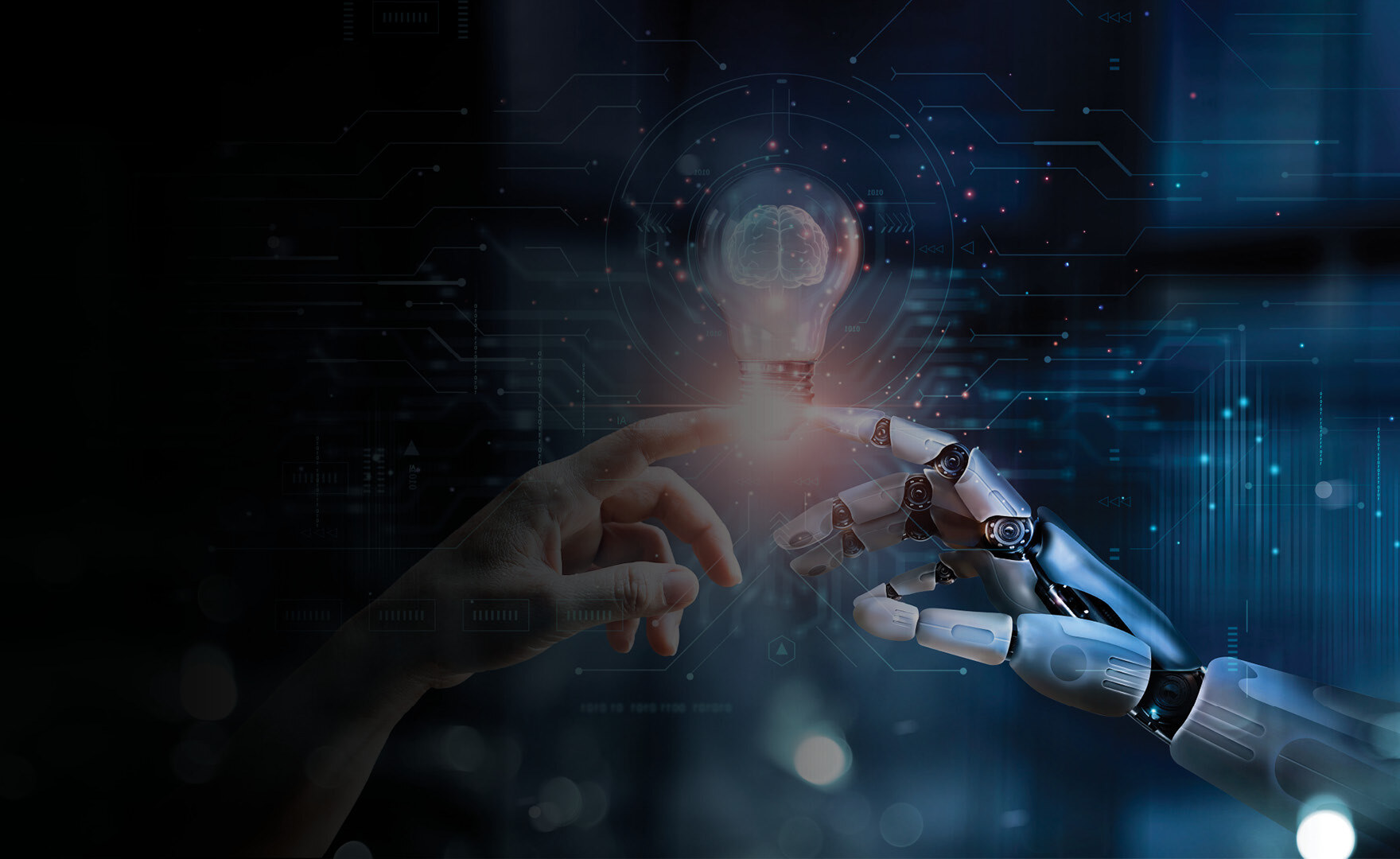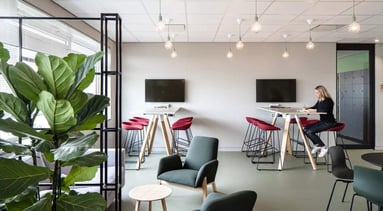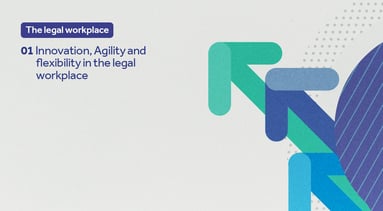How to enable innovative technologies in their transformation of the construction sector: taking a people first approach
"While technology certainly has the opportunity to revolutionise the construction industry, its success ultimately depends on how it interacts with the people who use it, manage it, and benefit from it. Keeping people front of mind ensures that the technology improves human productivity, safety, and satisfaction while minimising disruptions and resistance."
Robert Frank
EMEA CEO, Corporate Interiors at Unispace
A topic which continues to be at the forefront of the construction sector are the roles AI and technology will play in the near future. Though interesting as it is to debate the various robots and AI options available, the majority of conversations overlook a key element in the successful introduction of any new programme or tool: the people actually using them. Inevitably, people still need to be front of mind, as they’re the ones that actually have to use - and optimise - the data and software available. Why are people so critical to the process?
1. User Adoption and Acceptance
For the first time, we have five generations of people all working together under one roof. How technology is introduced will need to meet the needs of these various individuals, including their ability to adapt to new technologies as well as their willingness. A resistance to change is not uncommon if they don't understand the benefits or feel overwhelmed by the learning curve. Here, proper training and support are essential to ensure that colleagues can effectively use the new tools and technologies, delivering on the promised benefits.
2. Collaboration and Communication
Construction projects involve diverse teams across a variety of roles from architects to engineers to contractors. New technologies must facilitate collaboration and not create barriers between people, ensuring a single source of truth that’s accessible and understandable to all. Technologies like project management software or digital twins (an exact digital replica of something that exists in the physical world) must align with how teams communicate and share information. If the technology complicates or inhibits communication it can lead to frustration and inefficiencies.

3. Job Security and Role Evolution
Automation and other advanced technologies have lead to fears about job displacement. It’s important to address these concerns and demonstrate how technology can create new opportunities or enhance existing roles. For example, deploying robots and drones in hazardous environments. Once a great risk to human-life, advancements in technology (and the management of them) has lead to greater levels of safety and an evolution of roles in the industry. Technologies will change the nature of certain jobs, requiring upskilling and reskilling. Planning for this transition is essential to ensuring that colleagues remain engaged and motivated.
4. A Tailored Solution
Every construction project and its associated required workforce is unique. Technology must be adaptable to the specific needs of different teams, projects, and environments. If the technology it not focused on the people using it, its unlikely to deliver to its fullest potential. And here, simplicity is key. More technology does not equate to better technology. Robust training and using your tested systems effectively will almost always trump the latest trend.
"Keeping people front of mind ensures that the technology improves human satisfaction"

5. Ensuring Customer Satisfaction
Technologies should ultimately benefit the customer, whether through rigorous cost estimates, pace to deliver, enhanced sustainability measures or stronger project insights. Keeping the end goals of the customer front of mind ensures the technology aligns with their needs and expectations. The end result should enhance the experience and satisfaction of the people who will use the finished structure.
Robert Frank
EMEA CEO, Corporate Interiors at Unispace


